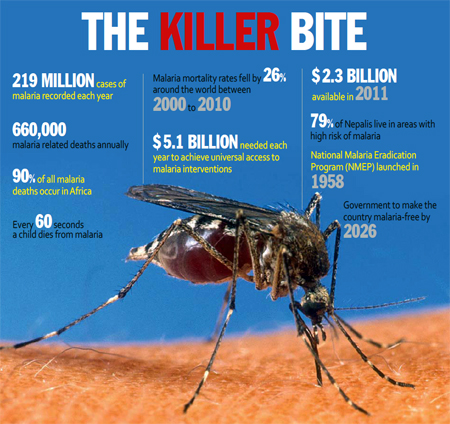From the first century to late 19th century the prevailing medical view in Europe blamed foul air (miasma) for malaria. In Italian language malaria means ‘bad air’. Outbreaks in densely populated Europe were attributed to miasma from open sewers, dumps, graveyards, and open waste disposal. This notoriously inaccurate understanding of malaria transmission, however, compelled public health authorities to eliminate squalour and make water potable.
In the late 19th century when British doctor Ronald Ross (pic, right) suggested that mosquitoes may be responsible for the transmission of malaria he was at widely ridiculed. However Patrick Manson (pic, left), a Scotsman and the father of tropical medicine teamed up with Ross to finally identify anopheles mosquito as the carrier of the malaria parasite. The collaboration was not easy as Manson was based in the UK and Ross was working in Sigur Ghat in South India. Communication through snail mail of that era took months.
Having spent most of his life in India, Ross noted that the incidence of malaria was higher in areas with mosquito infestation. Despite early doubts about the parasites’ existence, the doctor had a vague notion that there might be some connection between malaria and mosquitoes. After numerous failed attempts, Ross was almost ready to give up. But Manson kept urging him on from half a world away. Unfortunately, Ross was looking at the wrong species of mosquito called culex which we now know is responsible for the transmission of Japanese Encephalitis.

Source: WHO/Ministry of Health
Though the duo’s work proved revolutionary for medical science, Ross had to make many personal sacrifices. While studying the malaria parasite in Sigur Ghat, he contracted serious malaria. As if that was not enough, he also fell ill with cholera, standard disease of the day in India.
Through year of painstaking observation and trial and error, Ross finally found the malaria bug in the anopheles mosquito which he had identified had bitten some of his patients. This remarkable discovery not only ousted the miasmic theory, but more importantly led to better disease control and effective treatment.
Read other columns by dr Bhudda Basnyat
Absolute loss
Comes around goes around
Myadhe joro aka typhoid fever